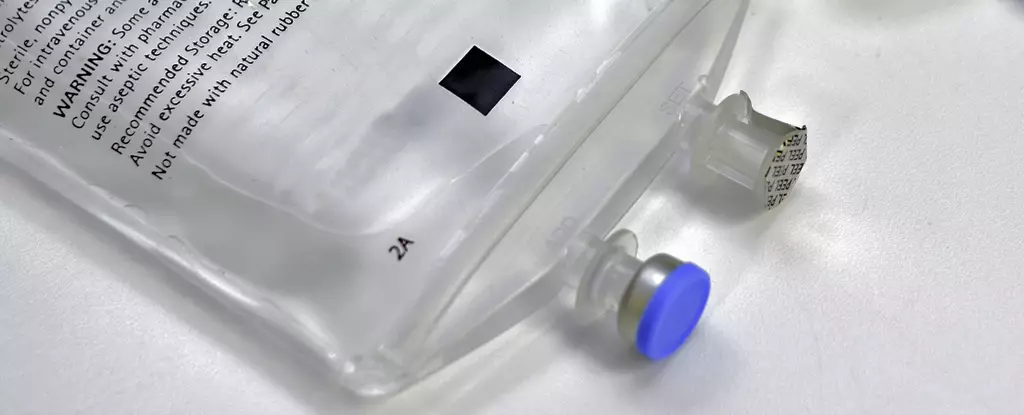In the world of medicine, particularly when it comes to intravenous (IV) fluids, the presence of different chemicals serves a vital purpose. IV fluids are not simply composed of water, as pure water could have detrimental effects on the body. The key scientific principle at play here is osmosis, which governs the movement of water in and out of cells. When certain chemicals like salts, sugars, nutrients, drugs, and proteins are dissolved in the blood plasma, it affects the osmotic balance. This balance is crucial, as an imbalance could lead to blood cells either shrinking or expanding. The goal is to maintain an isotonic state where the concentration of chemicals inside the body remains stable. Therefore, IV fluids are carefully formulated to ensure the right balance of components to prevent any adverse effects on the individual receiving them.
Recent reports from the Australian Therapeutic Goods Administration have highlighted a shortage of crucial IV fluids, specifically saline and compound sodium lactate (Hartmann’s solution). These shortages have been attributed to a variety of factors, including increased demand and manufacturing issues. However, the consequences of these shortages go beyond mere supply chain disruptions. Certain drugs are only stable in specific IV fluids, which means that a shortage of a particular IV fluid could have serious implications for drug administration. For instance, administering a drug in the wrong IV fluid could result in reduced efficacy or even adverse effects on the patient. The complexity of IV fluid formulations underscores the importance of addressing shortages promptly and effectively to ensure the continuity of patient care.
In response to the IV fluid shortages, the Australian government has taken a pragmatic approach by approving multiple overseas brands as alternatives. While this solution may help alleviate immediate supply issues, it raises questions about the long-term sustainability of Australia’s reliance on foreign suppliers for critical medicines. The Australian Society of Hospital Pharmacists plays a crucial role in providing guidance on proper drug and IV fluid compatibility to healthcare professionals. This guidance becomes particularly valuable during shortages when healthcare providers may need to make informed decisions on alternative IV fluids to maintain patient care standards. The current situation highlights the need for strategic interventions to address not just the immediate shortage of IV fluids but also the broader challenges of drug supply chain vulnerabilities.
Looking Towards a Sustainable Future
As Australia continues to navigate the complexities of IV fluid shortages, there is a growing recognition of the need to enhance domestic manufacturing capabilities for essential medicines. Calls for government support to establish or bolster local pharmaceutical manufacturing facilities have gained momentum, with a focus on producing off-patent medicines that cater to the country’s specific needs. Investing in local production not only creates job opportunities and contributes to economic growth but also enhances Australia’s resilience against global drug supply disruptions. By reducing dependence on overseas manufacturers, Australia can safeguard the health and well-being of its population while fostering innovation and self-sufficiency in the pharmaceutical sector.
The challenges posed by IV fluid shortages underscore the intricate interplay between healthcare, supply chains, and public policy. Addressing these challenges demands a holistic approach that prioritizes patient safety, sustainability, and resilience in the face of unforeseen disruptions. By understanding the complexities of IV fluid formulations and the implications of supply shortages, stakeholders can work towards implementing proactive solutions that safeguard Australia’s healthcare system for years to come.


Leave a Reply